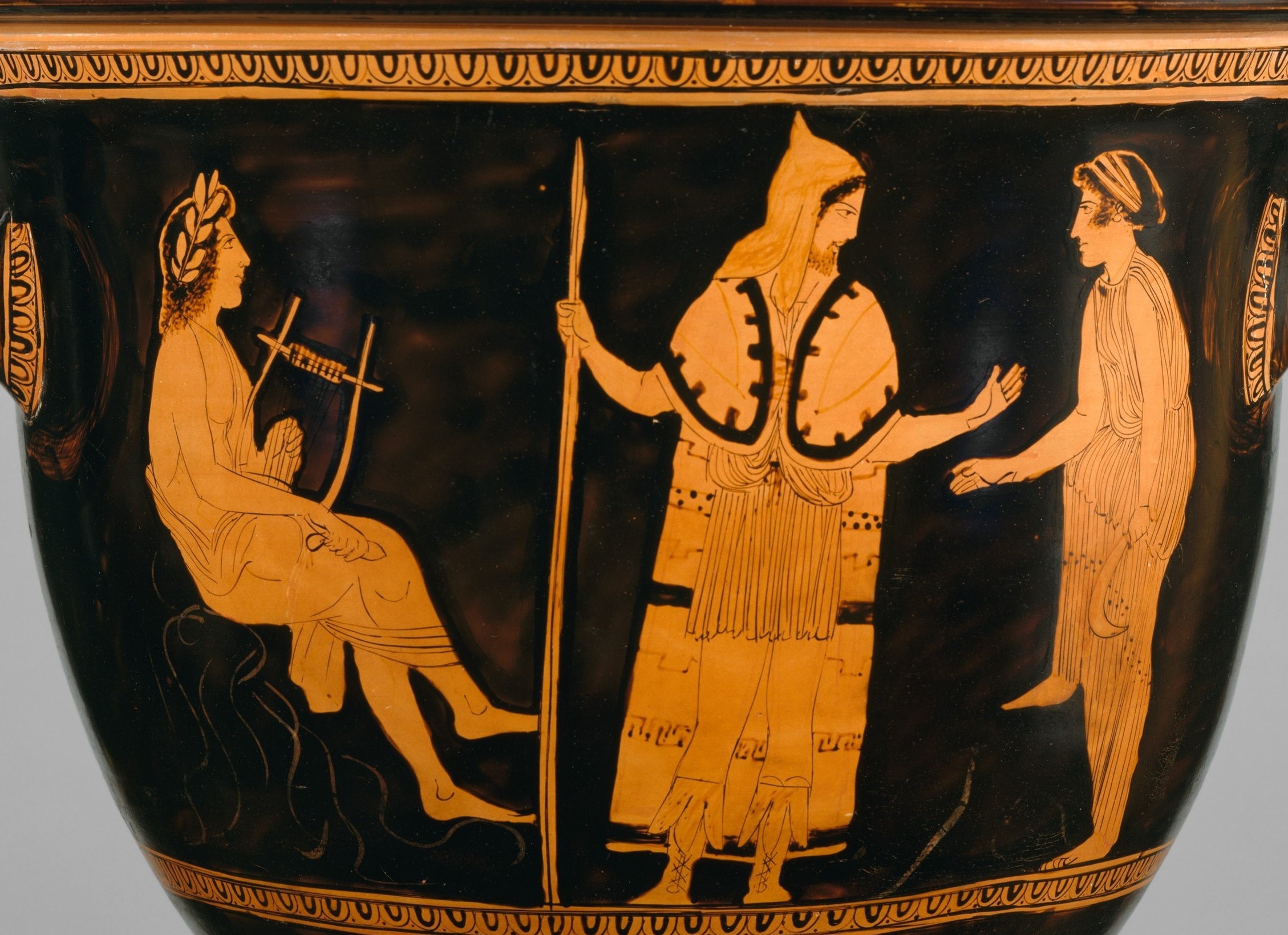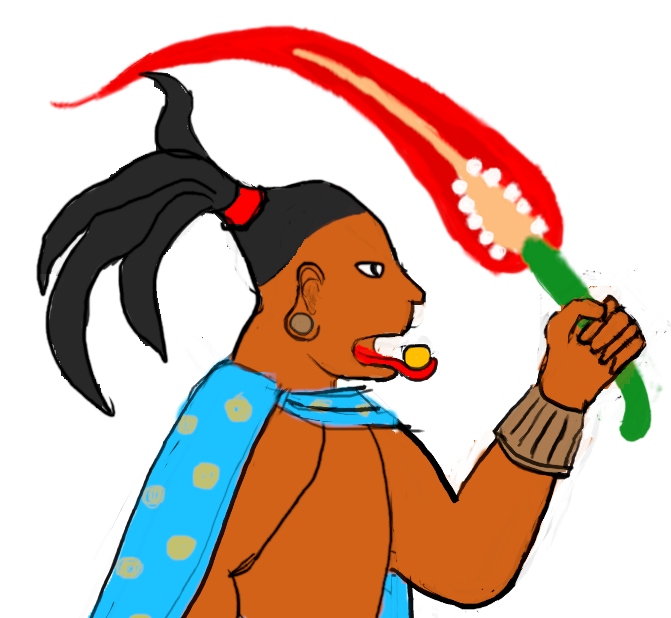Wanderers
Time of Wander (shoulders of giants competition)
The Wanderers, or Nem (Faren language): çelndár, were a historic people that lived deep in the Time of Wander before the first human civilisations rose to their glory. For the most of their existence they were ruled over by the Stone Giants, who were terrible tyrants, but also taught much of their ancient wisdom to the early humans. In time the Wanderers would become the ancestors of the Farens and the Ara people.
Famous individuals
Daursan and Kauteirin, the heroes of the Giant WarsÁsinnar a hero and helper of the human kind, the mother of Daursan and Kauteirin.
Deremhos the Elder and Deremhos the Younger, two great smiths known for learning the metal working from the Giants, and for creating many wonderous and terrible artifacts.
Origins
According to the Faren tradition the ancestors migrated from the eastern parts of the Continent, before the Pillar Mountains turned to the dry wasteland it is now known as. At the time the people were mostly living a nomadic lifestyle, travelling in tribes with their goats, but not building anything larger than a small village for living.On the foot of the Serme Mountains they came into contact with the Stone Giants, that had built their great stony fortresses inside the mountains and were ruling the valleys ahead. The giants allowed them to settle in their lands, if in turn they would pay tribute to the giants as their rulers.
Culture & influence from the Giants
The humans learned a great deal from the Giants during this time. Their villages turned into small fortified towns -possibly mimicking the giants' fortresses, and they elected leaders to govern and handle taxation for the giants. They also learned how to mine and process bronze for making better weapons and tools.In the absense of contemporary sources, what we know of the wanderer culture is pieced together from myths. Giant and the rainbow snake describes a culture based on small permanent villages, lead by village chiefs, and their main livelihood being acriculture. However, it is probable that Wanderers still relied more on hunting and other nomadic livelihoods than what the later generation could imagine.
End and legacy
The civilization came to its end when, as a conclusion to the Giant Wars, the humans drove away the giants from the plains, and settled Silford, the first free human city. After this the ancestors of the Ara migrated to the highlands eventually founding Aramacänten (Mountain kingdom), while the ancestors that stayed in the valleys became the Farens.The ancient epics were repopularised after Ván of Sankai's epic compositions, which has lead to a new unity between the distant nations. Farens cherish their shared history with the Ara, and despite many cultural differences and more recent conflicts, see them as long-lost cousins.

Proto-Ara-Faren
Biology
The Wanderers were humans, but many of them lived unnaturally long lives and were capable of deeds that the later humans could only dream of. The abilities of these Heroes have often been attributed to divine ancestry. For example, Ásinnar is known for being the daughter of Leitandár.Language
The wanderers were the speakers of Proto-Ara-Faren, the linguistic ancestor of the later Aradal and Nem (Faren language). No known written examples of Proto-Ara-Faren survive (since writing was only invented later), so our understanding of the language is based on the daughter languages.The language is though to have split when the people diverged into the two main subgroups represented in the mythology of the era: the lowlanders who stayed in the valleys, and highlanders who were inhabiting the hills. In fact, some personal names of the highlanders show characteristics of early Aradal phonology, even though the most of the myths are only preserved in Nem.
Below is an example of sentences in the proto-language and its descendants.
(EN) The women went to the river to carry water
(Ara-Faren) túmun oçai saka anawak peka çeladenen
(Nem) tuimun fek anwá pekinei çelnneden
(Aradal) túmun oçäy sak’ä anäwäh pek’ä aya çelákän
(En) A large stone covered the river
(AF) kaya yána oçak gahataden
(N) kai yán fessé gaden
(A) k’ay yanä oçäh katädenne
(En)There was no water in the river
(AF) oçai anawa deden
(N) fes anú den ked
(A) oçäy senä anäw den







This is really good!
PANGORIO
andHYPNOSIUM
Thank you! ^^ If there is anything particular that you liked, I'd be happy to hear!